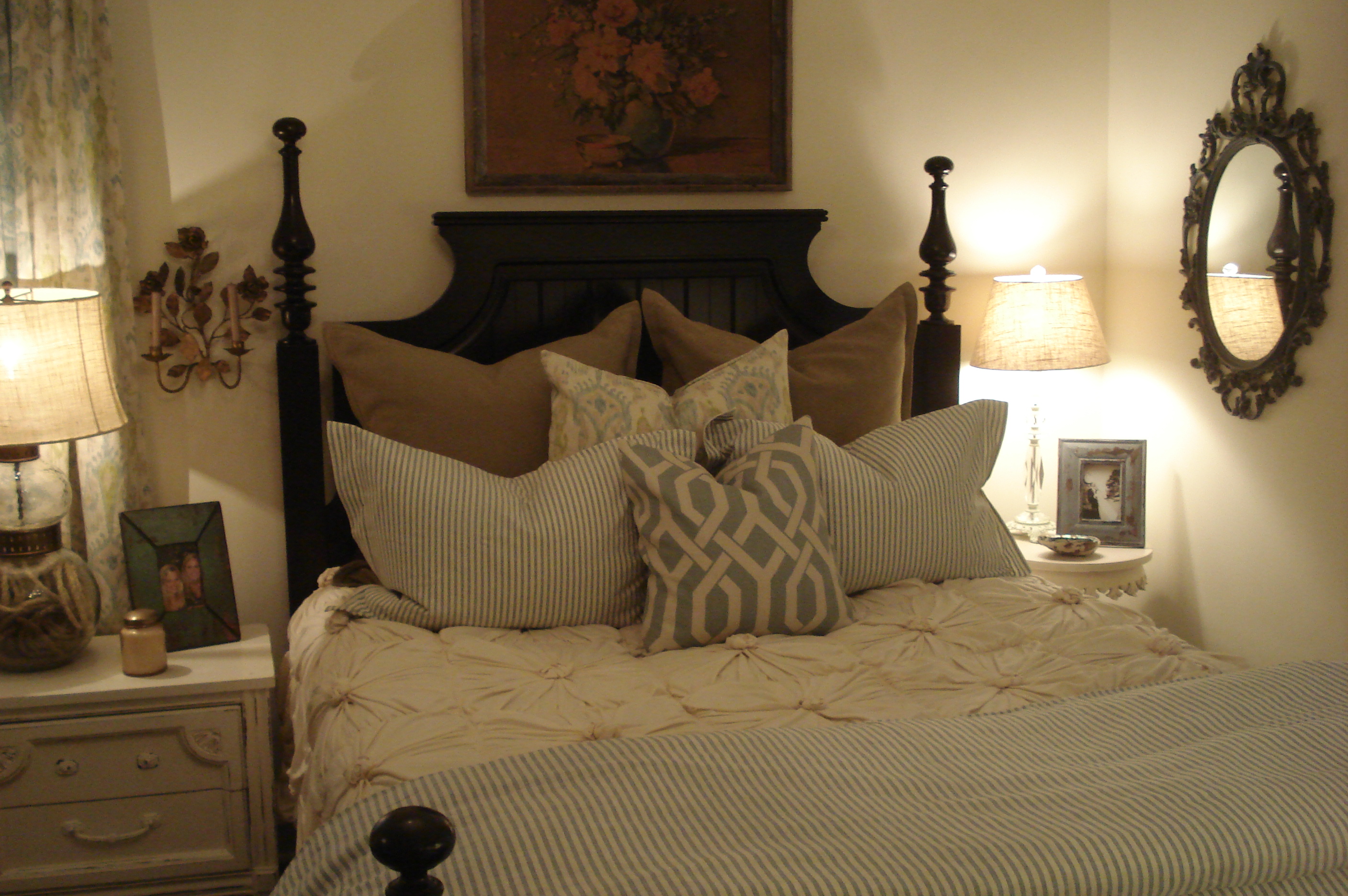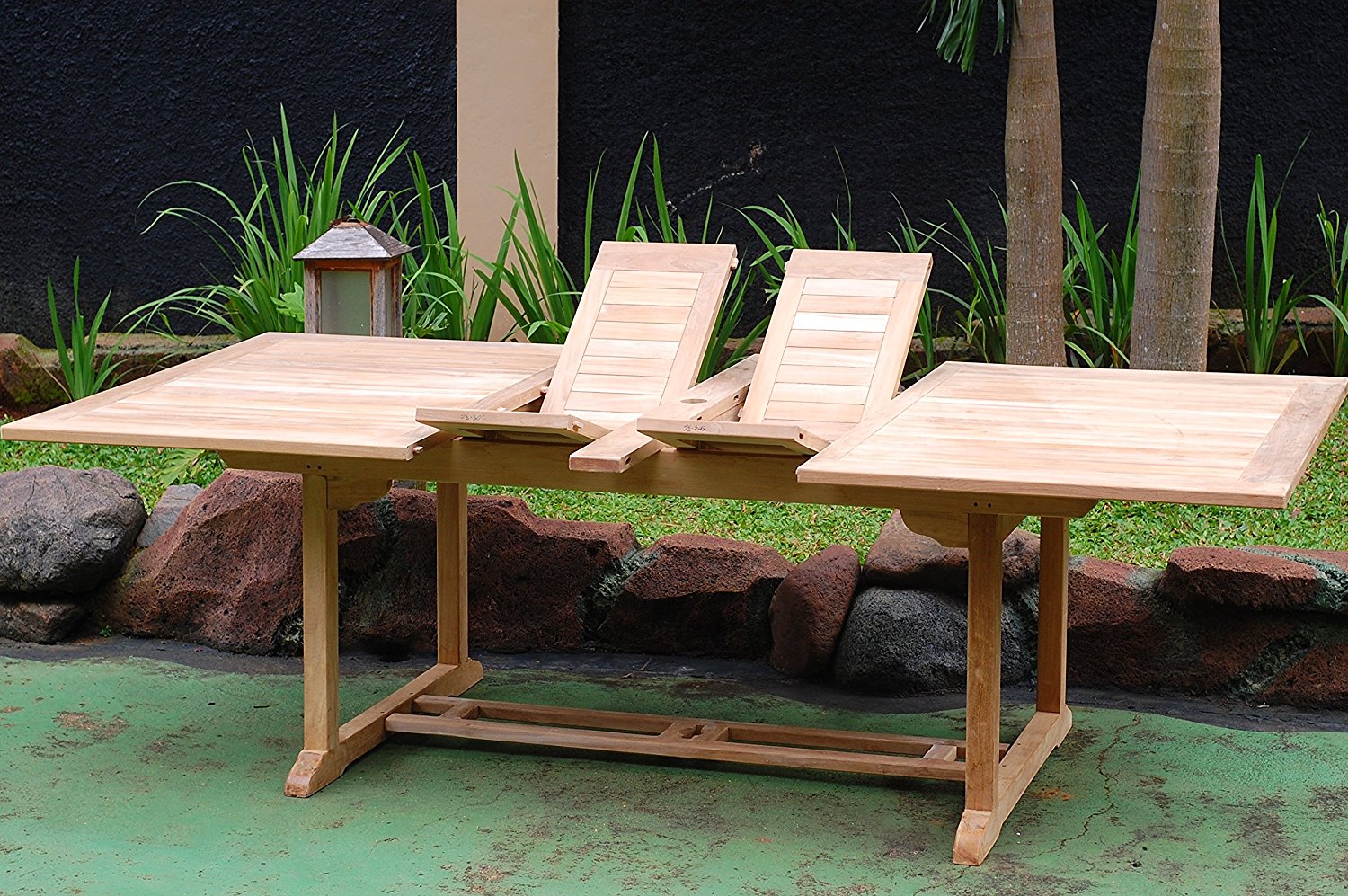Passive Solar Tiny House designs have become increasingly popular due to their low energy bill, small footprint, and eco-friendly features. More so, as the cost of energy rises, people are looking to alternative energy sources for their power needs. Using passive solar design principles can help you achieve a more comfortable and energy-efficient home without relying on a generator or paying high electricity bills. Passive Solar Tiny House Designs take advantage of the sun’s natural heat and light by using building materials and window placement for the flow of heated air. Using large windows to capture the sun’s energy and strategically insulating materials to reduce heat loss can drastically reduce energy costs. For the remodeling of existing Tiny Houses, the new windows need to be chosen to maximize passive solar heat gain and light. Passive Solar Tiny House Designs | Remodels & Photos
A Passive Solar Designed Tiny House makes use of natural sources of energy and solar energy to heat and cool the home in the most efficient way. The design is created to take full advantage of the sun’s energy by using the best building materials and strategies for the efficient transfer of solar energy into the living spaces. What is a Passive Solar Designed Tiny House?
Passive Solar Design principles vary from building to building, but some general strategies need to be taken into consideration when planning a Passively Solar Designed Tiny House. Items such as windows, insulation, and material choices can have a major impact on the overall efficiency of the home, and it’s important to consider the most effective ways of insulating, heating, and cooling to help reduce energy usage. Passive Solar Design Practices
When planning for Passive Solar Tiny Home Designs, there are some key elements to be determined upfront. Understanding the climate of the area is among the top priorities. Knowing which direction your windows should face, and where you can gather the most direct solar heat or light is an essential part of the passive design plan. Passive Solar Tiny Home Design Decisions
With the evergrowing need to conserve energy, the process of creating an eco-friendly Passive Solar Tiny House Design has never been more important. There are several design and construction techniques that can be implemented to improve the energy efficiency and sustainability of your tiny home. Proper insulation and window placement can have a large impact on how energy efficient your design is. How to Create an Eco-Friendly Passive Solar House Design
One of the most efficient ways to design a Tiny House is to use Passive Solar Design. By positioning your windows correctly, and using the best insulation and construction materials available, you can drastically reduce the amount of energy required to heat and cool the home. Tiny House Passive Solar Design
Passive Solar Design focuses on the use of the sun’s energy for heating and lighting, and it’s important to note that the amount of solar gain can greatly affect the energy efficiency of your home. Meaning, if you want to take full advantage of passive solar gain, it’s important to consider the size and placement of windows to optimize incoming sunlight. Passive Solar Design – Solar Gain and Your Tiny House
Passive design principles can help dramatically reduce energy usage and improve comfort throughout the home. Evaluating the direction of windows, selecting the right insulation, and using the best building materials for the climate should all be taken into consideration when designing a passive solar tiny house. Passive Design Principles Every Tiny House Designer Should Know
Passive Solar Design can make a big difference in the energy efficiency of your tiny house, and there are many design tricks you can use to maximize the efficiency of your design. Here are some tips for creating your own passive solar design: Passive Solar Design Tips for Tiny Houses
Passive Solar Design is a great way to increase the efficiency of a tiny house, but there are other creative solutions that can be used to improve energy efficiency as well. Sun mandalas, green roofs, and greenhouse additions are becoming increasingly popular and are great ways to take full advantage of the sun’s energy. Sun-Inspired Innovative Design Features of a Tiny House
Maximizing Efficiency of the Passive Solar Design
 The passive solar designed
tiny house
lives to its promise for efficient energy and comfortable dwellings in a small living space. This type of design utilises an effective way to capture the heat from the sun and utilise it to provide natural warmth indoors. To maximize the house's efficiency, the homeowner needs to understand the principles of passive solar design and its application to a
tiny house.
The passive solar designed
tiny house
lives to its promise for efficient energy and comfortable dwellings in a small living space. This type of design utilises an effective way to capture the heat from the sun and utilise it to provide natural warmth indoors. To maximize the house's efficiency, the homeowner needs to understand the principles of passive solar design and its application to a
tiny house.
Design with the Sun in Mind
 The foundation of passive solar design is to place the
tiny house
in a way that it will capture the solar energy that is produced by the sun. Doing this correctly, the windows should be placed facing the south, allowing for an amount of direct sunlight throughout the day. Additionally, the window size also plays a large role in how much solar energy can be absorbed, as it should encompass the area of the walls that the sun radiates across.
The foundation of passive solar design is to place the
tiny house
in a way that it will capture the solar energy that is produced by the sun. Doing this correctly, the windows should be placed facing the south, allowing for an amount of direct sunlight throughout the day. Additionally, the window size also plays a large role in how much solar energy can be absorbed, as it should encompass the area of the walls that the sun radiates across.
Utilizing Thermal Mass
 In a passive solar designed
tiny house,
the thermal mass is used to store the heat that enters through the windows. Typical building materials used in the making of a tiny house such as brick, tile, stone, or concrete are great absorbers of heat, which is why they are suitable for use in the thermal mass of the passive solar design. This feature in the design helps store energy during the sunny hours so that heat can easily dissipate during any colder hours.
In a passive solar designed
tiny house,
the thermal mass is used to store the heat that enters through the windows. Typical building materials used in the making of a tiny house such as brick, tile, stone, or concrete are great absorbers of heat, which is why they are suitable for use in the thermal mass of the passive solar design. This feature in the design helps store energy during the sunny hours so that heat can easily dissipate during any colder hours.
Incorporating Proper Insulation
 Another crucial element for maximizing the efficiency of a
tiny house
is to properly insulate all walls and joints. Poor insulation can result in the heat getting trapped in the house, thereby causing temperatures to rise quickly. This is why proper insulation must be incorporated into the design, by either applying loose insulation, or creating a double-wall construction. By doing this, the house will be able to maintain a consistent temperature during the day, as heat will be kept outside during the warmer hours and inside during the colder ones.
Another crucial element for maximizing the efficiency of a
tiny house
is to properly insulate all walls and joints. Poor insulation can result in the heat getting trapped in the house, thereby causing temperatures to rise quickly. This is why proper insulation must be incorporated into the design, by either applying loose insulation, or creating a double-wall construction. By doing this, the house will be able to maintain a consistent temperature during the day, as heat will be kept outside during the warmer hours and inside during the colder ones.




































































/how-to-install-a-sink-drain-2718789-hero-24e898006ed94c9593a2a268b57989a3.jpg)




